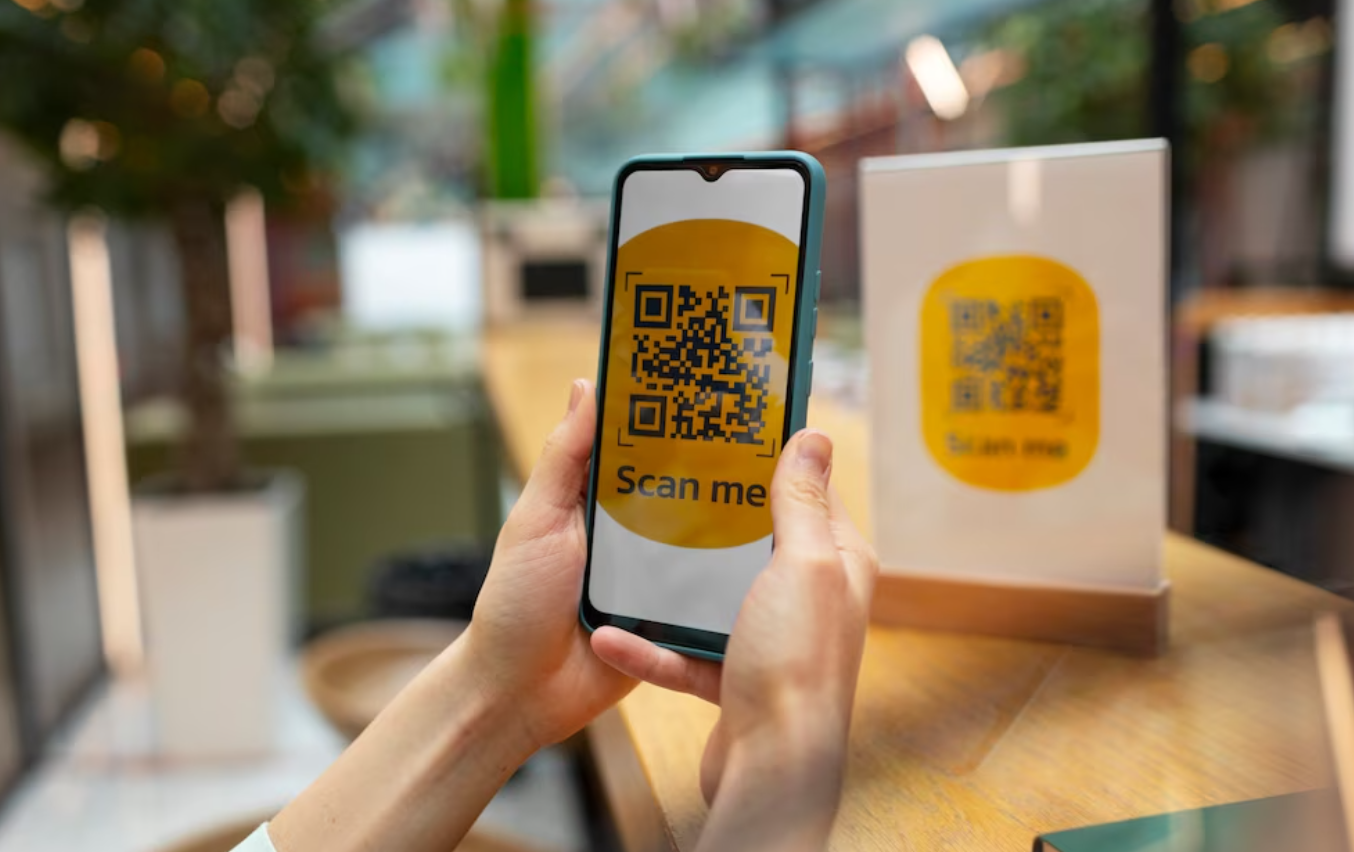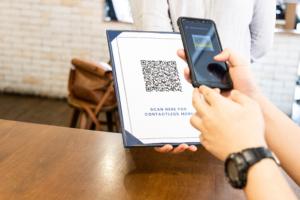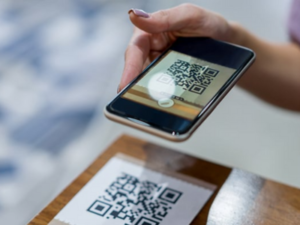In today’s digital age, small businesses need to leverage innovative marketing strategies to stay ahead of the competition. One such strategy that has gained immense popularity is the use of QR codes. QR codes, short for Quick Response codes, are two-dimensional barcodes that can be scanned using a smartphone or a QR code reader. They have become an essential tool for small businesses looking to enhance their marketing efforts. In this article, we will explore the benefits of QR codes for small business marketing and provide implementation tips for maximizing their effectiveness.
Introduction
Definition of QR codes
QR codes are square-shaped codes that contain information encoded within a pattern of black squares and white spaces. They can store various types of data, such as website URLs, contact information, text messages, and more. When scanned, QR codes enable users to access the encoded information quickly.
Importance of QR codes for small business
QR codes offer small businesses an efficient and cost-effective way to engage with their target audience. By incorporating QR codes into marketing materials and promotional campaigns, small businesses can unlock numerous benefits that can help them thrive in a competitive marketplace.
Benefits of QR Codes
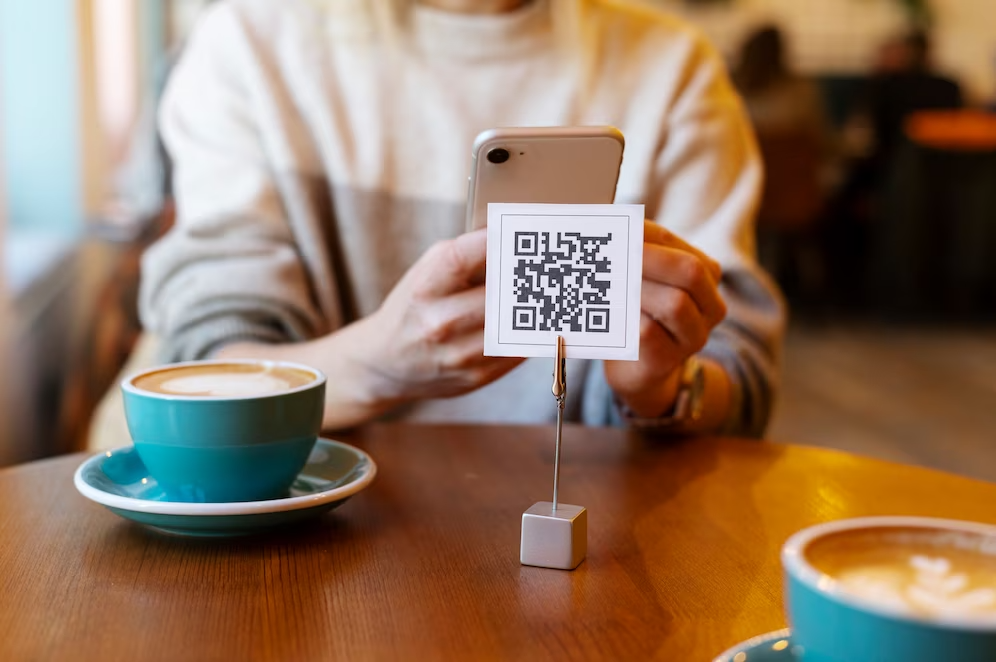
Enhanced customer engagement
QR codes provide an interactive experience for customers, allowing them to access additional information about products, services, or promotions. By scanning a QR code, customers can instantly access videos, product details, customer reviews, and more. This enhanced engagement can help build brand loyalty and increase the likelihood of conversions.
Increased brand visibility
When small businesses integrate QR codes into their marketing materials, they create visually appealing and attention-grabbing content. Whether it’s on product packaging, flyers, or posters, QR codes act as a bridge between offline and online marketing channels. This increased visibility can lead to greater brand recognition and exposure.
Easy access to information
QR codes simplify the process of accessing information. Instead of manually typing URLs or searching for specific details, customers can scan a QR code and instantly access the desired content. This convenience saves time and effort for customers, resulting in a positive user experience.
Contactless payments
With the rise of mobile payment options, QR codes have become an integral part of contactless payment systems. Small businesses can incorporate QR codes into their payment processes, allowing customers to make secure and seamless transactions using their smartphones. This streamlined payment method enhances the overall customer experience.
Social media integration
QR codes can be used to drive traffic and engagement on social media platforms. By linking QR codes to social media profiles or specific posts, small businesses can encourage customers to follow, like, or share their content. This integration helps expand the business’s online presence and fosters a sense of community among customers.
Types of QR Codes
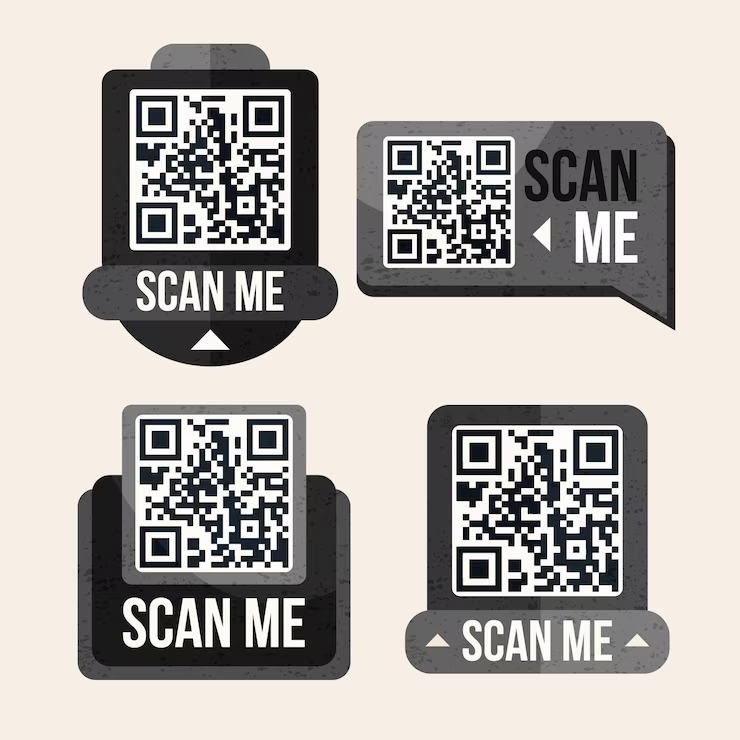
URL QR codes
URL QR codes are the most common type and are used to direct users to a specific website or landing page. Small businesses can use URL QR codes to drive traffic to their online stores, promotional campaigns, or informative blog posts.
vCard QR codes
vCard QR codes enable users to quickly save contact information to their smartphones. Small businesses can use vCard QR codes on business cards, brochures, or email signatures, making it convenient for potential customers or partners to save their contact details.
SMS QR codes
SMS QR codes allow users to send pre-defined text messages with a simple scan. Small businesses can leverage SMS QR codes to encourage customers to subscribe to their SMS marketing campaigns or receive personalized offers.
App download QR codes
App download QR codes provide a direct link to download mobile applications. Small businesses can promote their apps by placing app download QR codes on their website, marketing materials, or social media profiles.
Wi-Fi QR codes
Wi-Fi QR codes simplify the process of connecting to Wi-Fi networks. Small businesses can generate Wi-Fi QR codes for their establishments, enabling customers to quickly connect to their network without manually entering the credentials.
Implementation Tips
Placing QR codes strategically
To maximize the effectiveness of QR codes, small businesses should strategically place them where they are easily noticeable and accessible to their target audience. Some ideal locations include product packaging, storefront windows, promotional materials, and even email newsletters.
Designing visually appealing codes
QR codes don’t have to be plain black and white. Small businesses can incorporate their brand colors and logos into the QR code design, making them visually appealing and reflective of their brand identity. However, it’s crucial to strike a balance between creativity and maintainability to ensure easy scanning.
Clear call to action
When using QR codes, it’s essential to provide clear instructions on what users can expect after scanning. Whether it’s a discount offer, additional product information, or a sign-up form, a clear call to action encourages users to scan the code and engage further with the business.
Tracking and analyzing QR code data
Small businesses should track and analyze the data generated by QR codes to gain insights into customer behavior and campaign performance. By utilizing analytics tools, businesses can measure the number of scans, locations, and time of scans, allowing them to refine their marketing strategies accordingly.
Success Stories
Several small businesses have successfully implemented QR codes into their marketing campaigns, yielding measurable results and significant benefits. For instance, a local restaurant placed QR codes on their table tents, allowing customers to scan and access the full menu, daily specials, and exclusive discounts. This interactive experience increased customer engagement, resulting in higher customer satisfaction and repeat visits.
Another success story is a boutique clothing store that integrated QR codes into their product tags. Customers could scan the codes to view additional images, styling tips, and purchase the items directly online. This seamless integration of offline and online experiences resulted in increased sales and customer retention.
Common Mistakes
Lack of clear instructions
One common mistake small businesses make is not providing clear instructions on how to scan QR codes. It’s crucial to include simple and concise instructions alongside the QR code, such as “Scan with your smartphone camera or QR code reader app” to ensure users understand how to interact with the code.
Poor design and readability
If QR codes are poorly designed or lack readability, users may struggle to scan them successfully. It’s important to ensure that the QR code is not distorted, has enough contrast between the background and foreground, and is of the appropriate size to be easily scanned by smartphones.
Not optimizing for mobile
QR codes are primarily scanned using smartphones, so it’s essential to optimize landing pages or content for mobile devices. Mobile-friendly websites, responsive design, and easily readable text and images are crucial for a positive user experience after scanning the code.
FAQs
How do I generate QR codes?
There are various online QR code generators available that allow you to input the desired information and generate QR codes instantly. Simply search for “QR code generator” and choose a reputable tool to create your custom QR codes.
Can QR codes be customized?
Yes, QR codes can be customized to align with your brand’s visual identity. You can add colors, logos, and even incorporate your brand’s design elements into the QR code. However, ensure that the customization does not compromise the scannability of the code.
Are QR codes secure?
QR codes themselves are not inherently secure or insecure. However, it’s essential to ensure that the content linked to the QR code is safe and free from malicious intent. Be cautious when scanning QR codes from unknown sources or suspicious-looking codes.
How can I track QR code scans?
Many QR code generators and marketing platforms offer built-in analytics and tracking features. These tools provide insights into the number of scans, locations, and user behavior, allowing you to measure the success of your QR code campaigns.
Are QR codes still relevant?
Despite the evolving marketing landscape, QR codes continue to be relevant and effective for small business marketing. Their versatility, ease of use, and ability to bridge offline and online experiences make them valuable tools for engaging with customers and promoting brands.
Conclusion
QR codes have emerged as a powerful tool for small business marketing, offering numerous benefits and opportunities for customer engagement and brand promotion. By utilizing QR codes strategically, small businesses can enhance customer experiences, increase brand visibility, simplify information access, and streamline payment processes. It’s crucial for small businesses to understand the different types of QR codes, implement them effectively, and track their performance to continually optimize their marketing efforts.
Incorporating QR codes into small business marketing strategies opens up a world of possibilities and ensures businesses stay relevant and competitive in today’s digital landscape.









